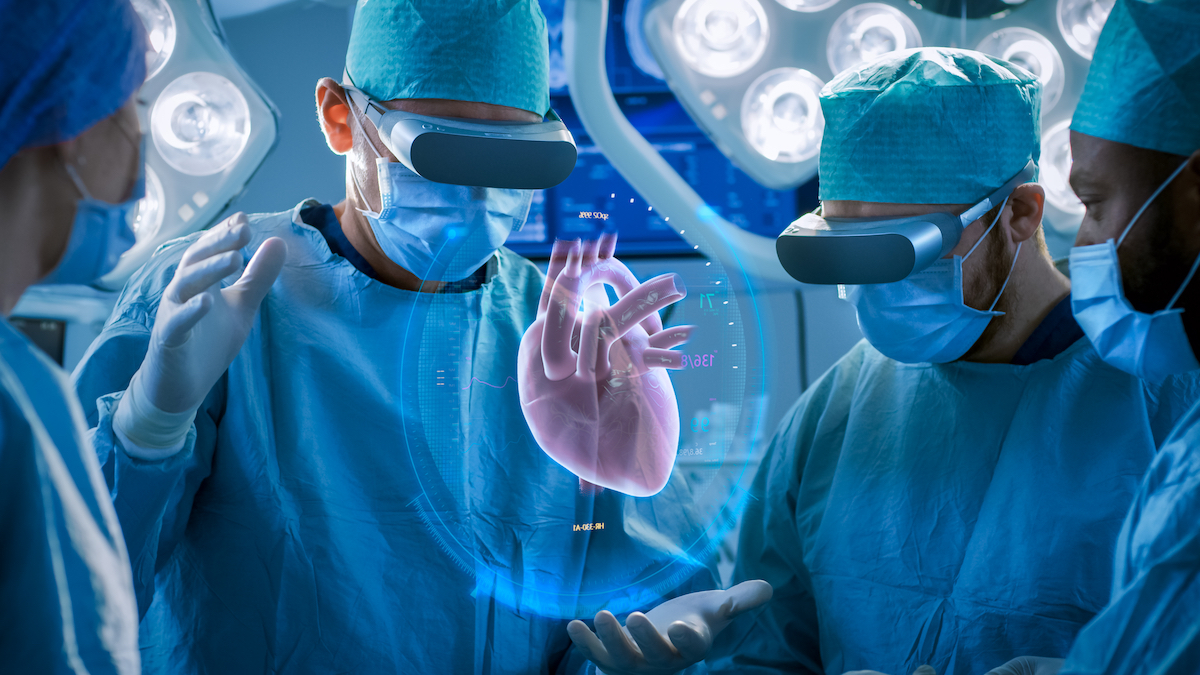
In the face of the chronic shortage of organs available for transplantation, bioprinting, a revolutionary 3D printing technique that assembles living cells and supportive biomaterials into intricate biological structures, offers a beacon of hope.
Beyond its potential to revolutionize organ transplants, bioprinting is a versatile technology with a myriad of applications: Advancing Drug Testing: Bioprinted organs enable the assessment of drug toxicity before resorting to animal testing. Groundbreaking research has already led to the bioprinting of human liver tissue, offering a model for studying drug-induced liver injuries (1).
Unlocking Organ Study and Disease Modeling: In Boston, researchers have achieved a remarkable milestone by bioprinting a miniature heart capable of autonomous beating, powered solely by its living tissues (2).
Personalized Medical Breakthroughs: Recent studies have underscored the utility of 3D printed organoids in identifying tumor responses to various therapies, paving the way for personalized medical treatments (3).
We at Lifency firmly believe that this cutting-edge technology has the transformative potential to redefine the landscape of medicine and healthcare.
Sources:
(1) Nguyen, D. G., Funk, J., Robbins, J. B., Crogan-Grundy, C., Presnell, S. C., Singer, T. P., & Roth, A. (2016). Bioprinted 3D primary liver tissues allow assessment of Organ-Level response to clinical drug induced toxicity in vitro. PLOS ONE, 11(7), e0158674.
(2) Michas, C., Karakan, M, Nautiyal, P., Seidman, J. G., Seidman, C., Agarwal, A., Ekinci, K. L. , Eyckmans, J., White, A. E., & Chen, C. (2022). Engineering a living cardiac pump on a chip using high-precision fabrication. Science Advances, 8(16).
(3) Tebon, P.Wang, B., Markowitz, A. L., Davarifar, A., Tsai, B. L., Krawczuk, P., Gonzalez, A. E., Sartini, S., Murray, G., Nguyen, H. T. L., Tavanaie, N., Nguyen, T. L., Boutros, P. C., Teitell, M. A. & Soragni, A. (2023). Drug screening at single-organoid resolution via bioprinting and interferometry. Nature Communications, 14(1). https://doi.org/10.1038/s41467-023-38832-8
